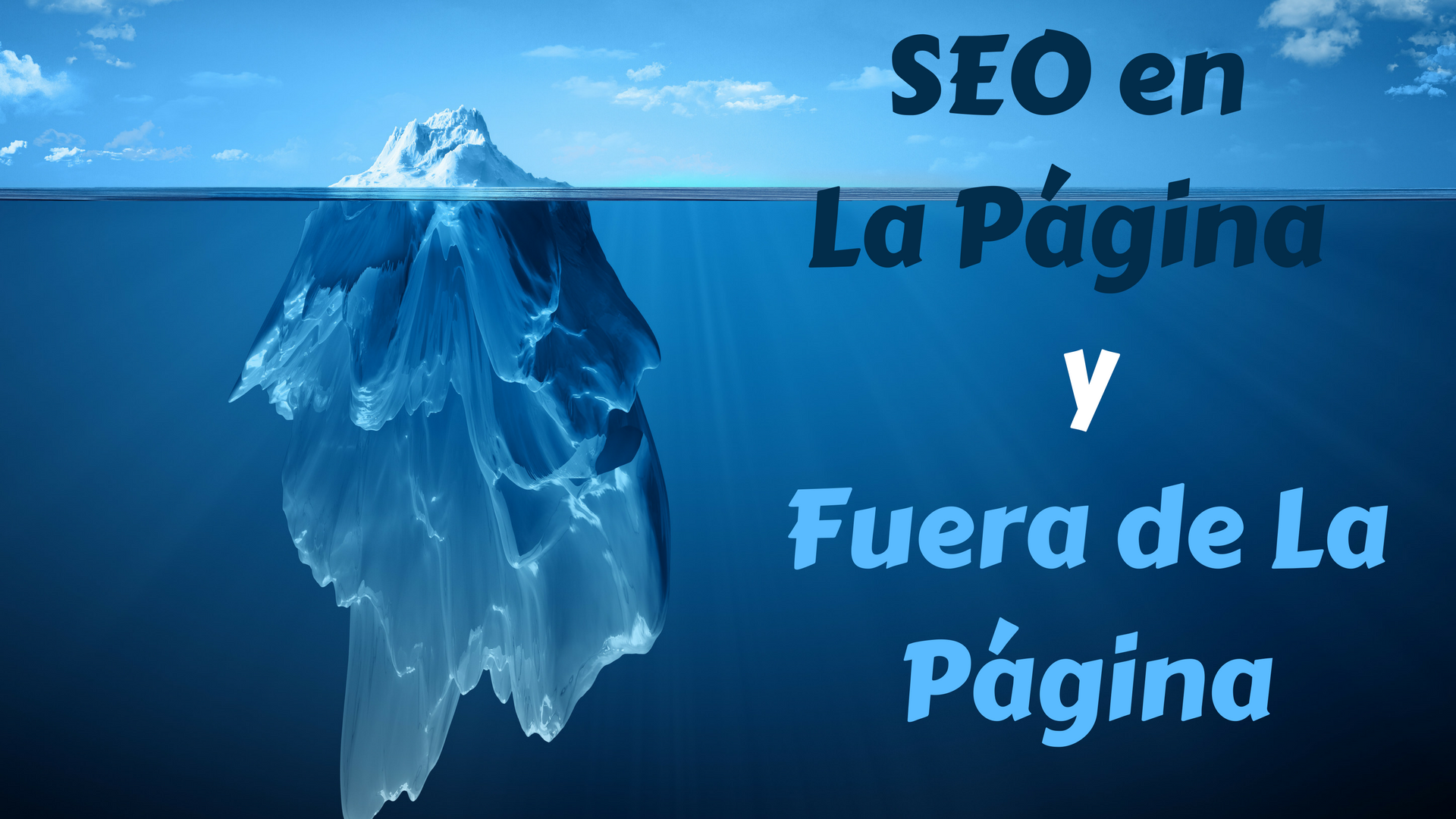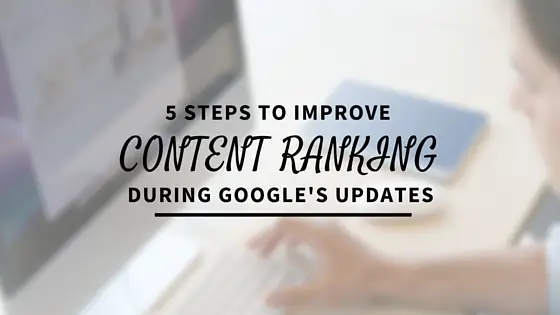Quality link builders can be equated to the online version of ninjas, who can slip into highly restricted areas and leave behind links ready to detonate. Here Shweiki Media Printing Company teams up with Alicia Lawrence, content coordinator for WebPageFX, to present part one of a must-watch webinar series on content: content linking strategies.
or Click here to download the audio podcast of this presentation.
A content or inbound link is a link featured within an article or blog post that connects to an outside site. As a general rule of thumb, one should produce content containing 200 words or more (so that Google’s spiders won’t skip over the page) and three or more links. Inbound links tell search engines that another site found on one’s webpage is valuable and relevant. The more links one gets, the more search engines see one’s site as valuable to their users. This is what causes a page to achieve a high ranking in search results.
Just a few years ago, link building was based on quantity, and Google saw sites as valuable based on how many total links were floating in cyberspace. However, after companies spent hours filling comment and directory boxes with a huge number of links, Google switched to a more quality-based model.
Finding Quality Linking Sites

There are multiple strategies one can implement when deciding what websites one should link to. A good place to start is by Googling blog communities within one’s niche. Once one has a layout of community platforms, they can link content to users who are invested in the topic.
Using open site explorer to view competitor backlinks, targeting high authority sites, and checking for do-follow links are all good strategies as well.
Tips for Linking Success
When one creates original content, often they can find themselves running through SEO patterns that cause a loss of efficiency, which—obviously—isn’t ideal. Here are a few strategies for optimal linking success:
- Include other high authority links
- Place first link after the first paragraph (unless link is necessary)
- Make the link relevant to the article and site
- Create awesome content
- Diversify your anchor text
- Link to previously published articles
It’s also very important for one to share their posts on social media, whether on Twitter or Google+, to let the reader know what’s being done so they can share it themselves and everyone can work together to grow the page.





